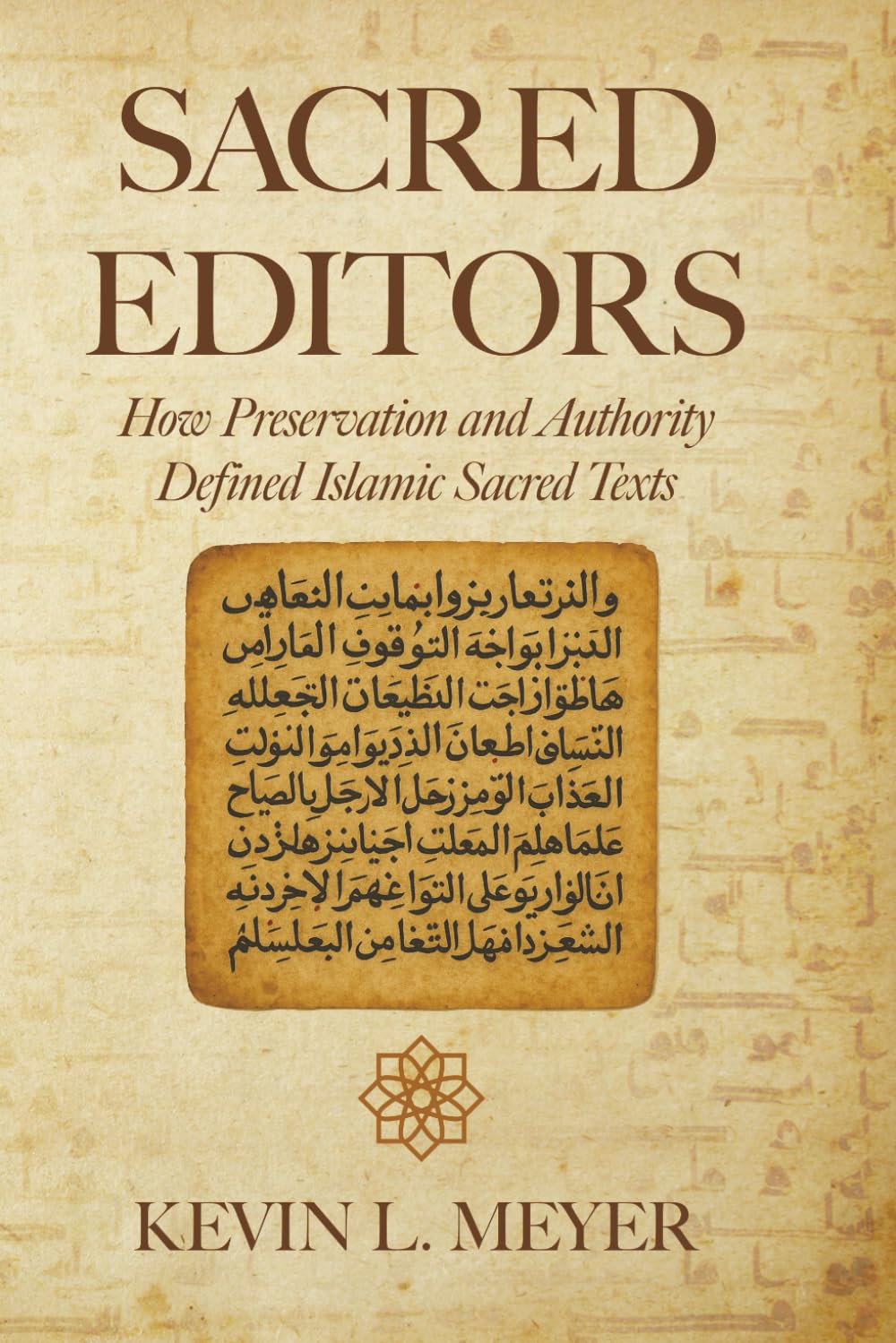Sacred Editors: Islam
This volume explores how the Qur’an was compiled, standardized, interpreted, and preserved—through conflict, consensus, and centuries of devotion. It reveals how sacred memory was mediated by power, how forgotten voices shaped theology, and how the digital age poses new questions about a text believed to be unchangeable.

Read the book online below, or purchase a print or Kindle edition:
Table of Contents
- Introduction
- Prologue: In the Beginning… There Was the Word
- Chapter 1: The Prophet as Editor
- Interlude A: The Seven Ahruf and the Problem of Plurality
- Chapter 2: The Battle of Yamama and the Fear of Forgetting
- Chapter 3: Uthman’s Standard – Burning Books, Building Unity
- Chapter 4: Capstone – Codex and Custodian: The Qur’an After the Prophet
- Chapter 5: The Umayyad Caliphate and the Architecture of Scripture
- Interlude B: Shi‘i Memories and the Lost Mushaf of Ali
- Chapter 6: Abbasids and the Rise of Textual Authority
- Chapter 7: The Created Qur’an and the Mihna
- Chapter 8: Capstone – Who Owned the Text? Religion, Empire, and Control
- Chapter 9: Sacred Script and the Art of Transmission
- Chapter 10: Tafsir and the Rise of Interpretive Schools
- Interlude C: Naskh – The Theology of Abrogation
- Chapter 11: Translation and Tension
- Chapter 12: The Cairo Edition of 1924
- Chapter 13: Capstone – Unread Variants and Frozen Recitations
- Chapter 14: Discoveries in the Dust – Sanaa, Birmingham, and Beyond
- Chapter 15: Sufi and Esoteric Interpretations
- Chapter 16: Women and the Qur’an – Custodians, Critics, and Commentators
- Interlude D: Digital Mushafs and Algorithmic Authority
- Chapter 17: Interfaith Polemics and Comparative Readings
- Chapter 18: Preserving the Word – Human Stewardship in the 21st Century
- Conclusion: Between Heaven and History
- Research Methodology
- Appendix A: Timeline of Qur’anic Compilation and Canonization
- Appendix B: Ahruf, Qira’at, and the Politics of Recitation
- Appendix C: The Mushaf of Ali and Shi‘i Textual Memory
- Appendix D: Major Tafsir Traditions and Interpretive Lineages
- Appendix E: Women in Qur’anic Transmission and Interpretation
- Appendix F: Key Manuscript Discoveries and Textual Variants
- Appendix G: Translation History and Reception
- Appendix I: Brief Biographies of Key Scholars
Part I: Origins of the Text — Prophecy, Memory, and Early Codices
Part II: Shaping Orthodoxy — Power, Politics, and Preservation
Part III: Preserving the Unchangeable — Calligraphy, Commentary, and Codification
Part IV: Memory, Manuscripts, and Modernity — Debates in the Digital Age
Appendices